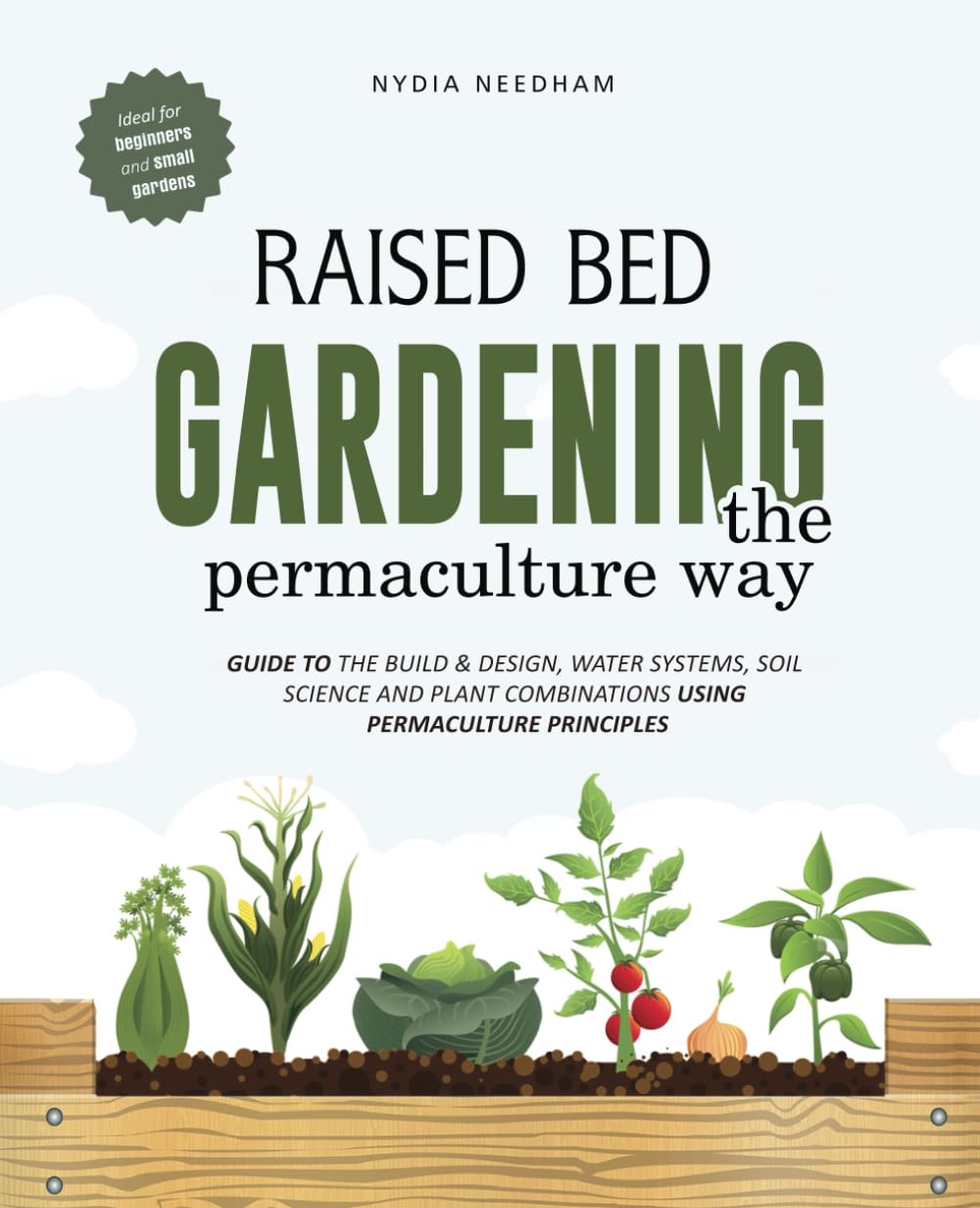Are you new to gardening or worried you don’t have enough space to create that bountiful garden you’ve been dreaming of, full of all your favorite fruit and veggies? Do you also want to do your bit to help the planet in the fight against climate change?
Whether your garden is big or small or you are a complete beginner, building raised beds can help you achieve the perfect garden. It offers many benefits over traditional gardening including – improving the drainage, being able to manage the quality of the soil, extending your growing season, along with many more. And you don’t need to be an expert to build and manage raised beds.
People have many different reasons for wanting to grow food but do you realise all the benefits it can have for the planet? We are all aware of the dangers of climate change and the destruction modern agriculture can have on the environment from its carbon emissions. Not only can raised beds provide you with the perfect garden and provide you with an abundance of food, you will also be doing your bit to help in the fight against climate change.
Not only does this book teach you how to build and maintain raised beds, it will teach you how to do this using permaculture principles. The permaculture movement has been around since the 1970’s and its principles focus in using natural systems and processes to get the most out of your garden in the most efficient way possible. The idea is that by building relationships in your garden and feeding the soil, your plants will do most of the work for you – watering, pest control and fertilizing.
Incorporating permaculture principles into your raised beds will not only help you start to live sustainably, it will also help you do this in a way that follows systems found in nature, in a way that benefits the planet.
In ‘Raised Bed Gardening the Permaculture Way’, you’ll learn:The main advantages of raised beds;The main principles of permaculture;How to make use of rainwaterHow to fertilize your soil using natural, organic fertilizersWhich plants love each other and which can’t stand the sight of each other;How to attract beneficial insects to your garden to keep pests away;How to maintain your raised beds;Some mini permaculture projects to get you going;A large plant directory;Different raised bed designsYou may think you don’t have the space to start your own garden but raised beds are perfect for small spaces or gardens with no lawn. And it doesn’t need to be overwhelming – start small and build up from there as you gain more confidence and experience.
Even if all you have done is tend to a few tomato plant, you can become an expert gardener; all it takes is a little time, patience and practice. And remember, we have all made mistakes along the way. That’s how we improve and become better gardeners.
So if you want to be the proud owner of lots of home-grown fruit & vegetables and do your bit to help the planet at the same time, then scroll up and click the “Add to Cart” button now!
From the Publisher
USING COVERS






Frost Protection Fabric
You might also use frost protection fabric, which is a woven, breathable fabric that can give you a temperature boost of between 4 and 10 degrees Fahrenheit.
It’s lightweight, so you need to secure the edges, and its breathability means you can use it for longer periods, as it will not create damp conditions inside the bed (remember, damp brings slugs, mildews and other nasties).
Cloche
Individual plants can be protected by cloches, which are like mini-greenhouses. In the nineteenth century, beautiful glass cloches shaped like bells (‘cloche’ is the French word for ‘bell’) were used; they’re now much sought after by collectors.
Nowadays, cloches are usually plastic, but they work just the same way, placed over individual plants. If they get too hot, you can easily remove them during the day and put them back over the plant at night.
Cold Frame
Cold frames will cover several rows of vegetables. A cold frame is basically a large box with a glass or plastic roof. You can buy cold frames ready-made, or buy a kit, but you can also use recycled windows with some reclaimed wood to make your own.
They probably can’t cope with winters in the Yukon, but in more temperate climates, a cold frame might let you grow salad leaves all the way through the winter.


Creating a Bee Border
Tips for planting a bee border:
Different colors of flowers and long flowering seasonPlant different varieties and multiples of eachMix perennials with self-seeding annualsUse different flower shapes








Bacterial Wilt
Caused by soil bacterium spread through root wounds and infected soil.Leaves wilt, then the rest of the plant. When cut, affected stems and roots will show bacterial ooze.Remove diseased plants, use crop rotation.
Powdery Mildew
Caused by fungus that develops in humid and overcrowded conditions.Powdery white spots on upper surface of leaves. Leaves may curl and break.Avoid watering leaves, remove diseased plants.
Tomato plant blight
Dependent on weather conditions—when the right combination of warm temperatures and high humidity levels occur, blight is prevalent.Browning of leaves.Destroy affected plants.
Leaf Spot
Airborne fungi spread through air and infected seeds. Normally happens when leaves are wet.Brown or reddish-purple spots on leaves.Adequately space seedlings, remove diseased plants.


Homemade Jam
Make your own jam from the fruit you grow in your raised beds.
Strawberry, Raspberry, Apricot, Blackcurrant, Blackberry, Blueberry, Chilli
Publisher : Self published (August 4, 2022)
Language : English
Paperback : 322 pages
ISBN-10 : 1915217091
ISBN-13 : 978-1915217097
Item Weight : 1.32 pounds
Dimensions : 7.5 x 0.73 x 9.25 inches
Customers say
Customers find the book easy to understand, read, and understand. They appreciate the clear instructions and illustrations. Readers also describe the book as informative, enjoyable, and worth the read.
AI-generated from the text of customer reviews











































